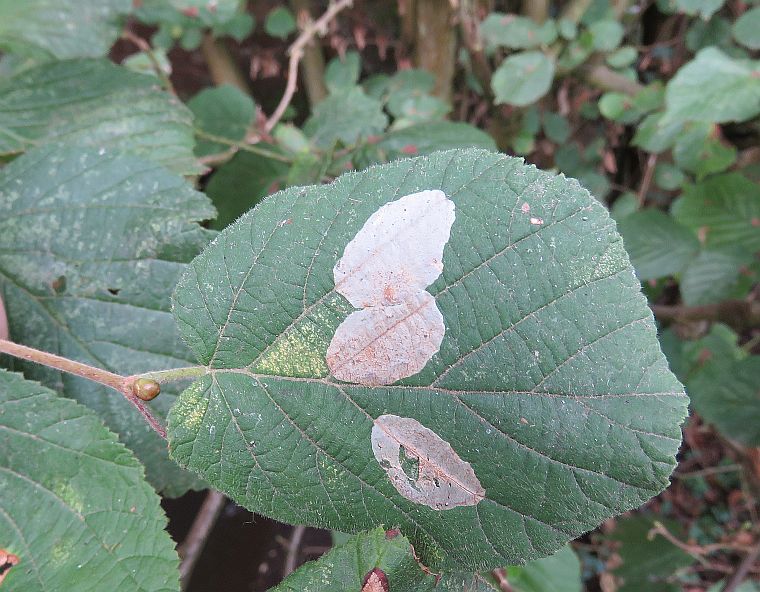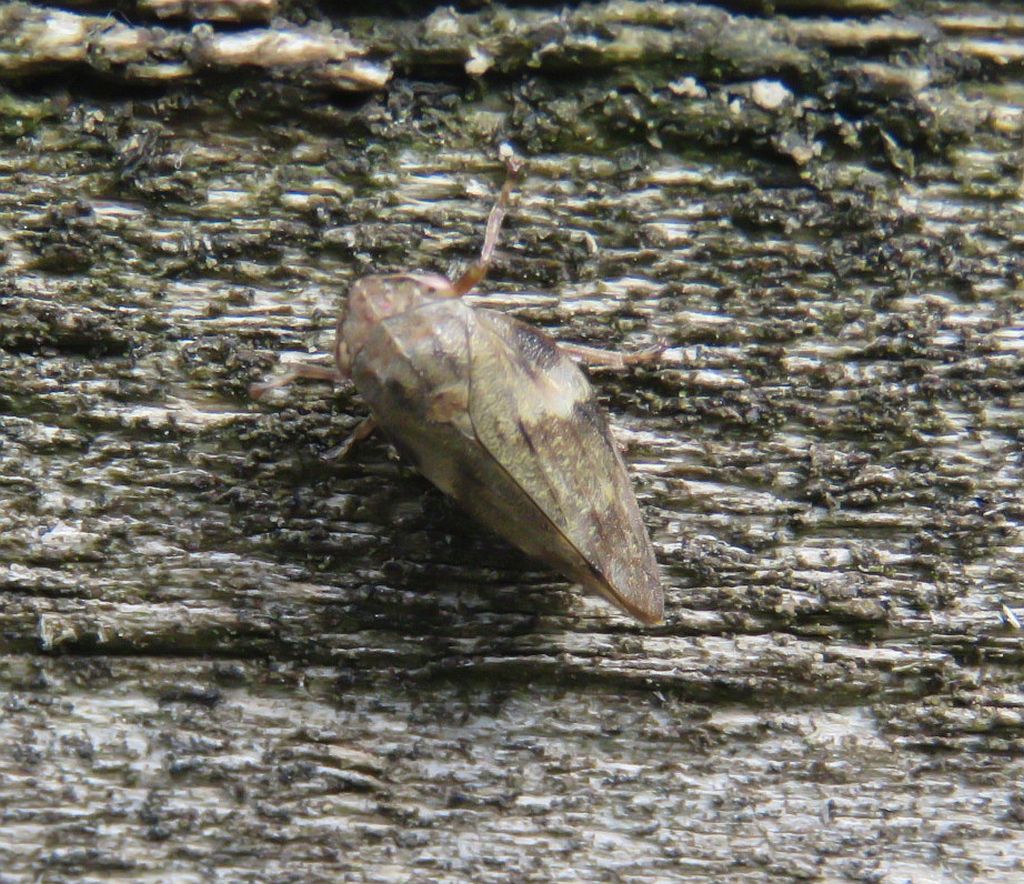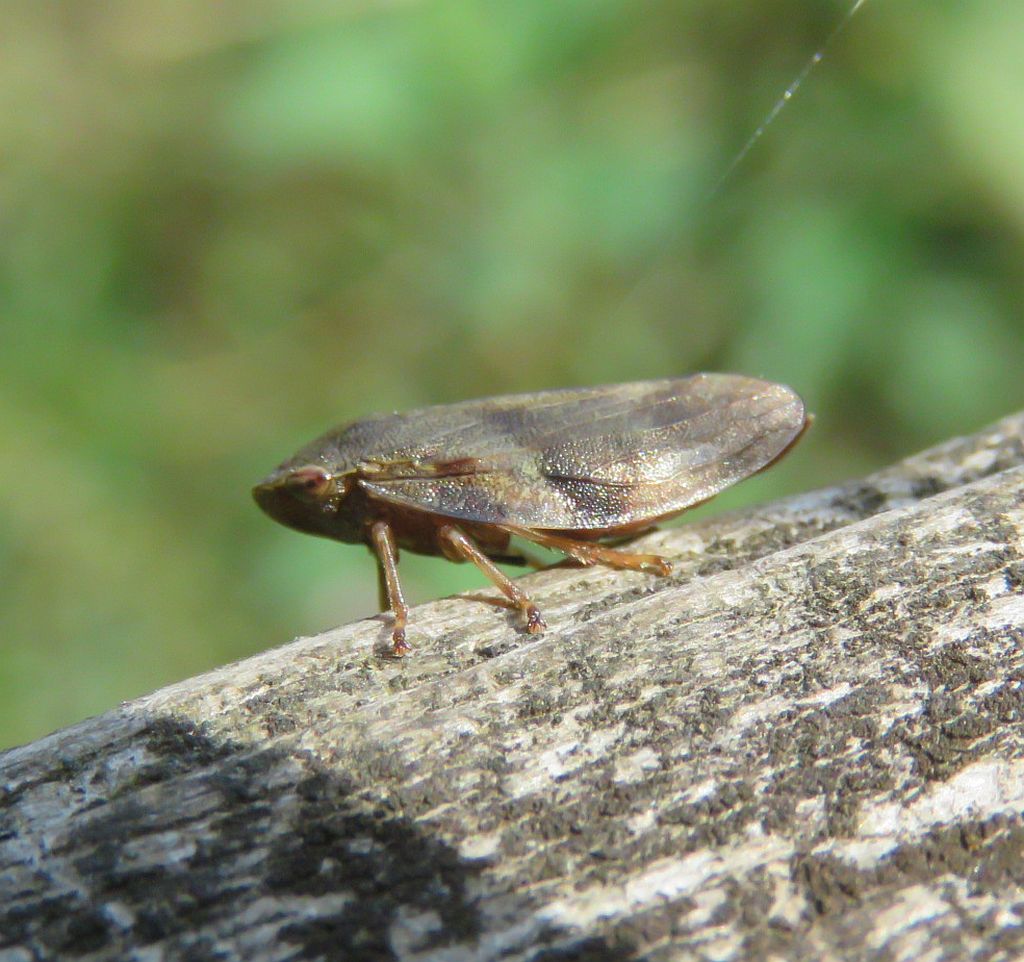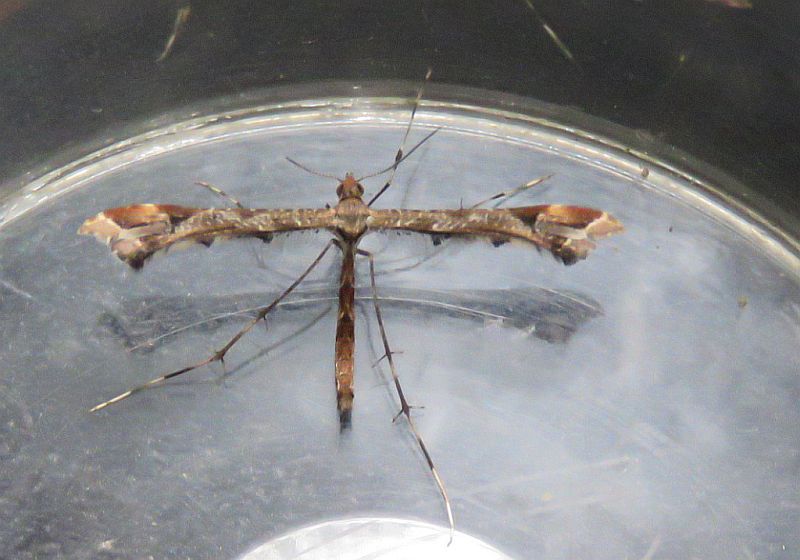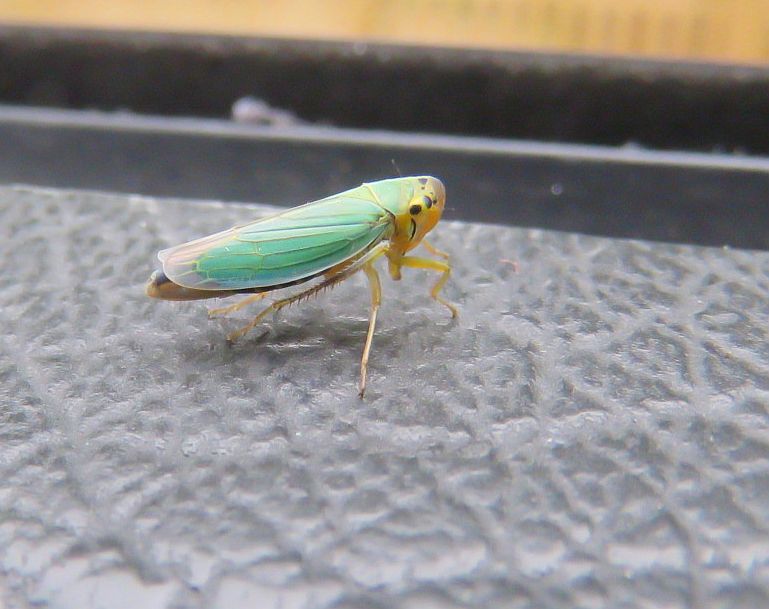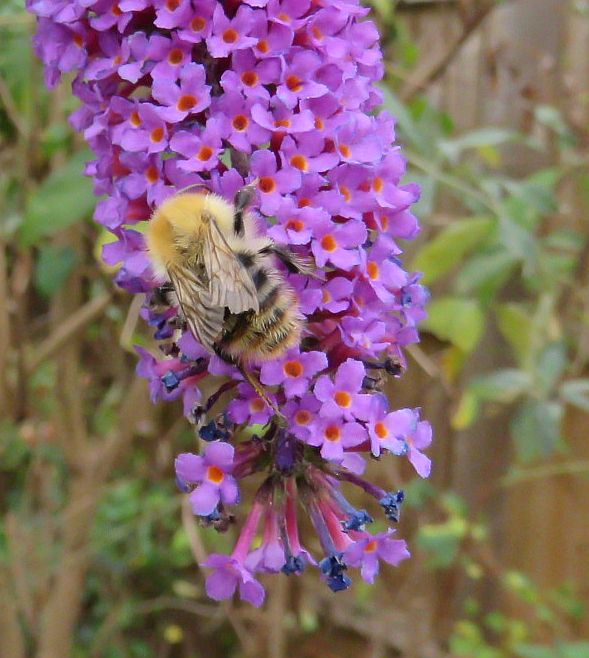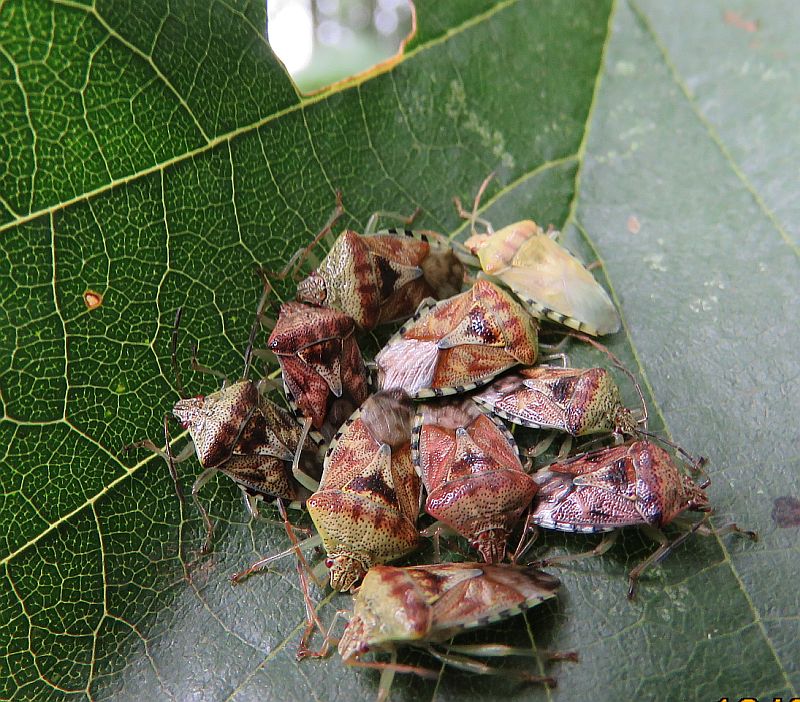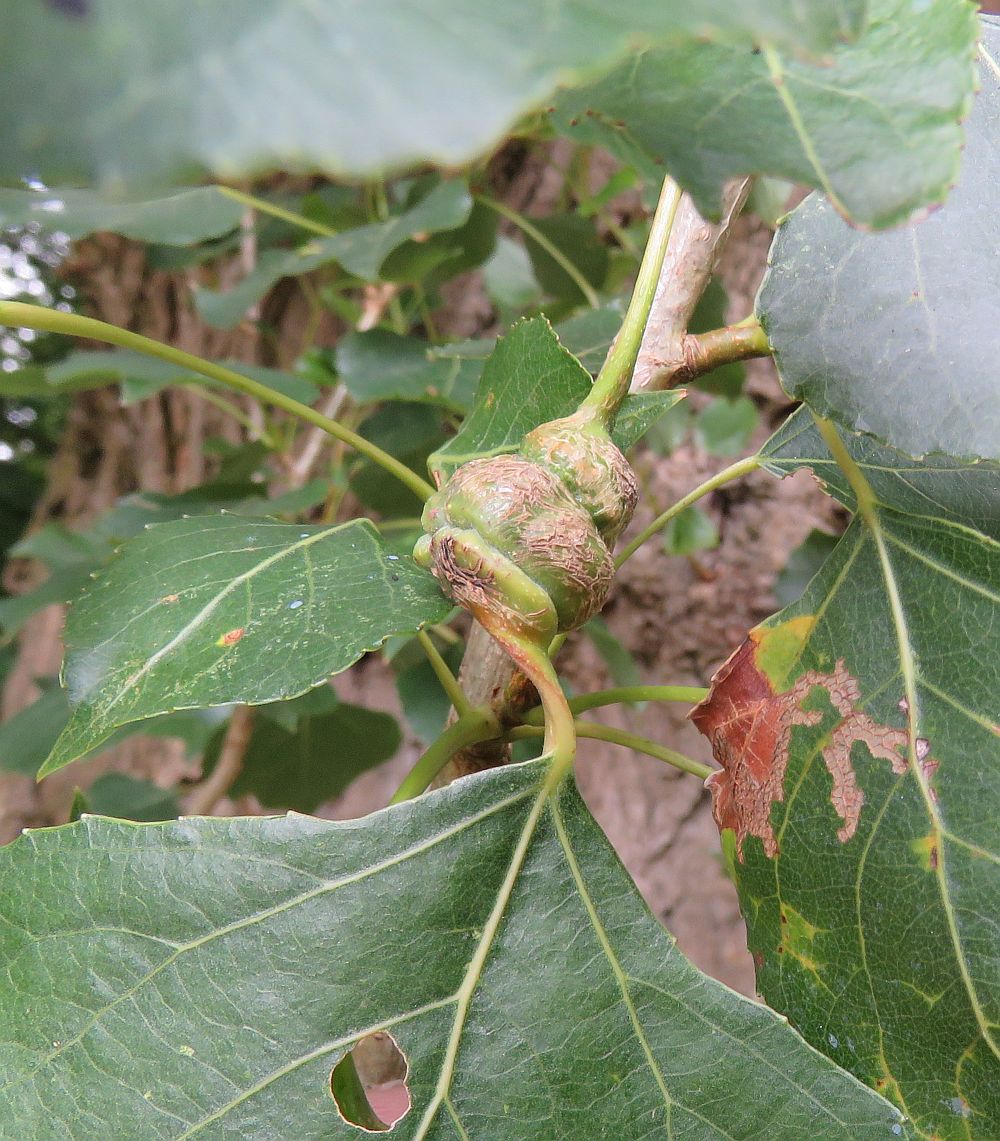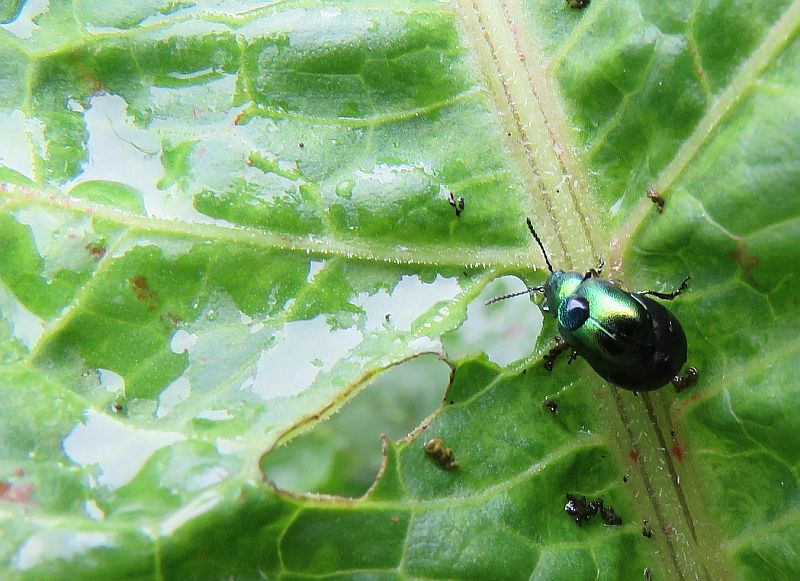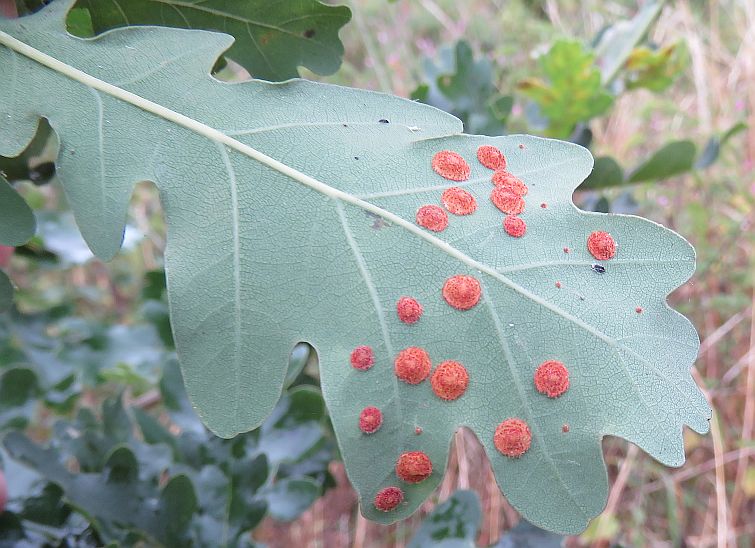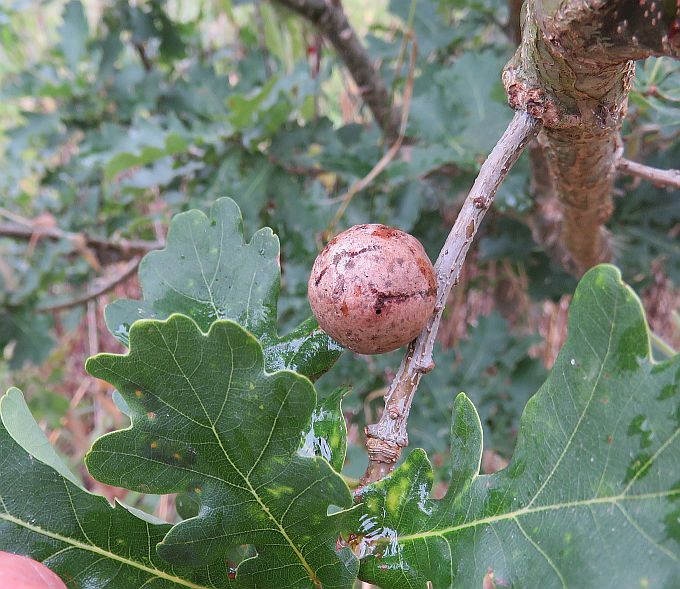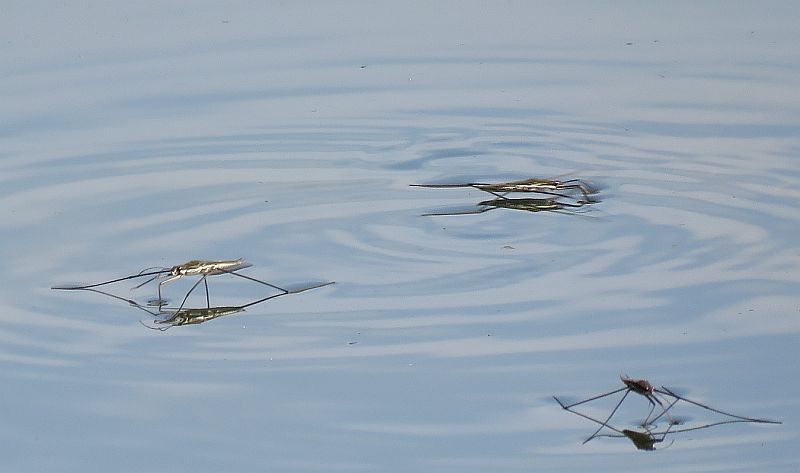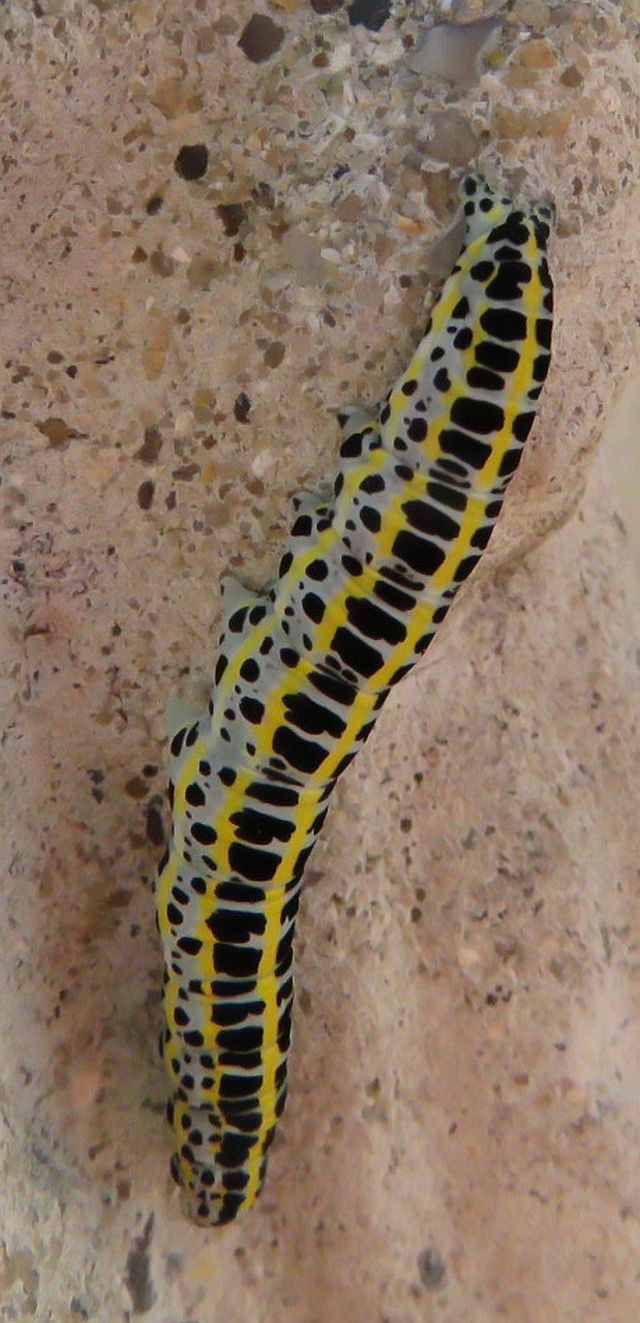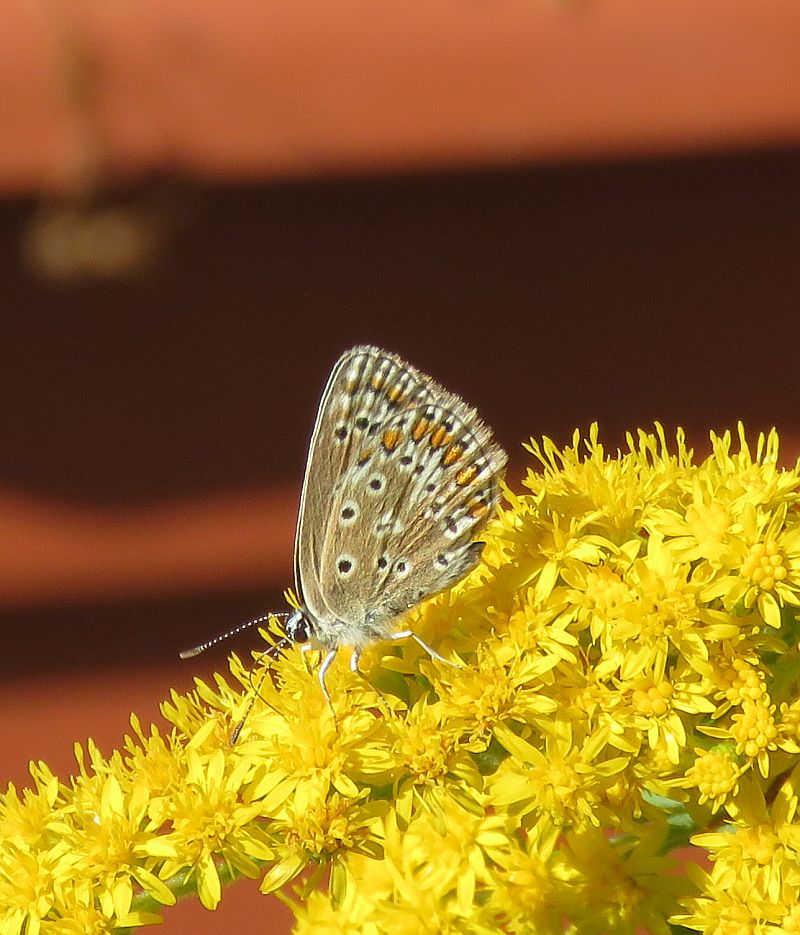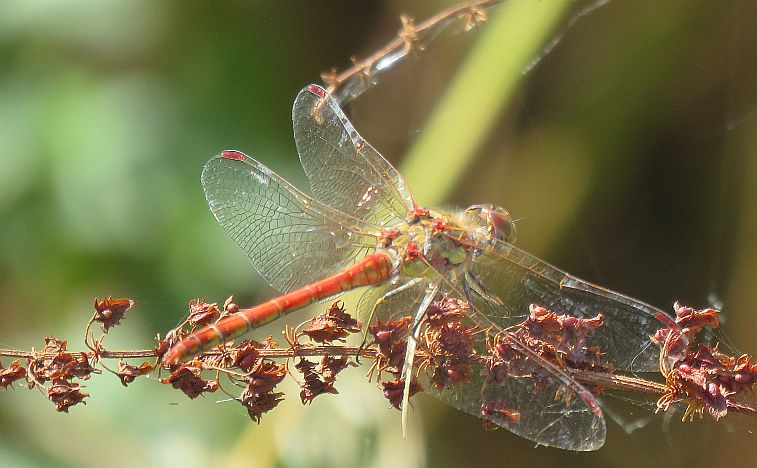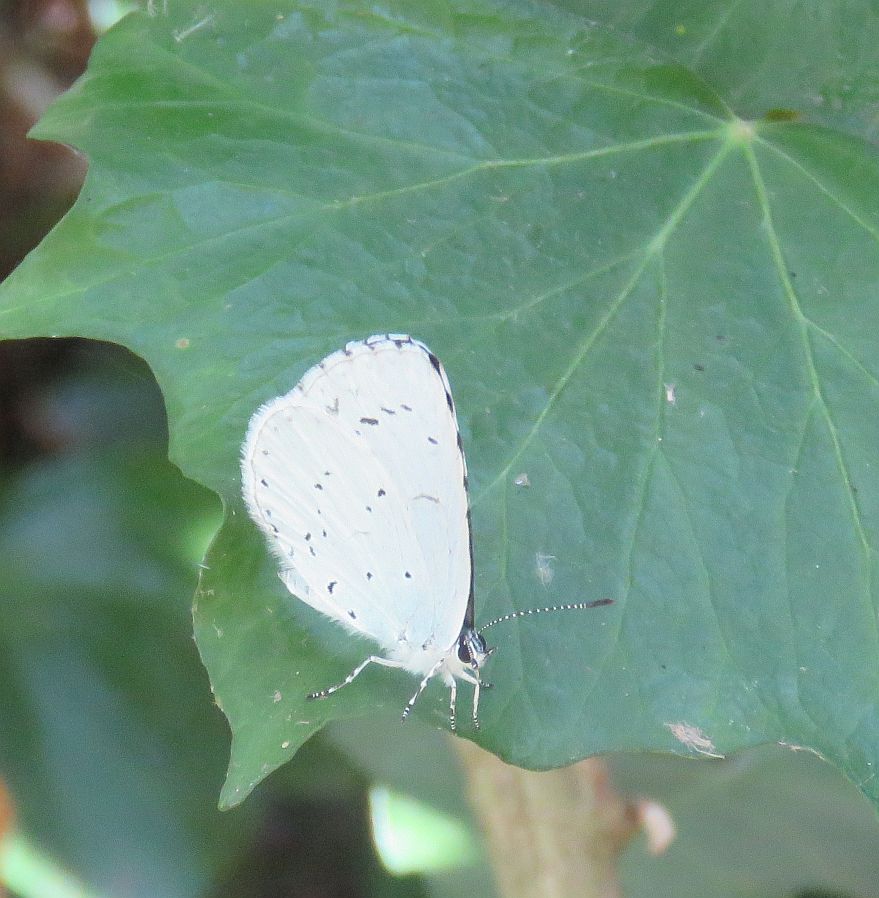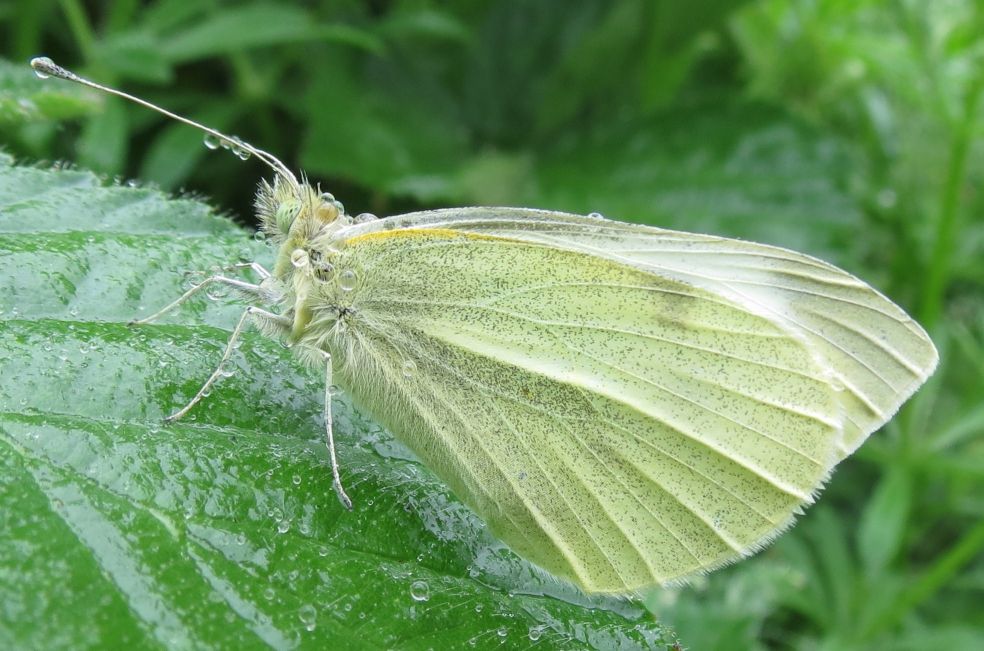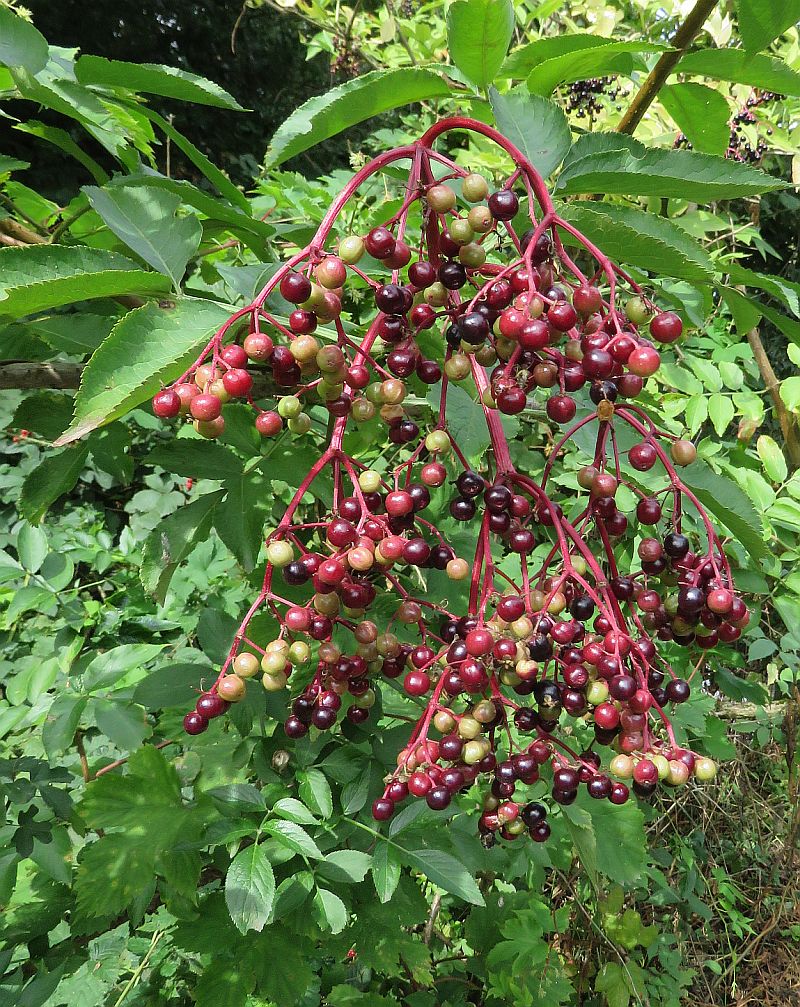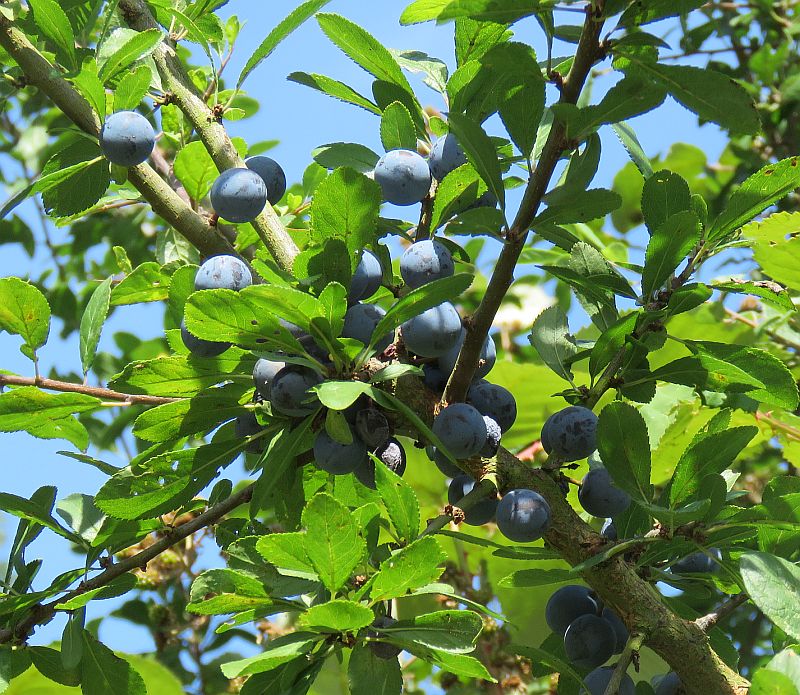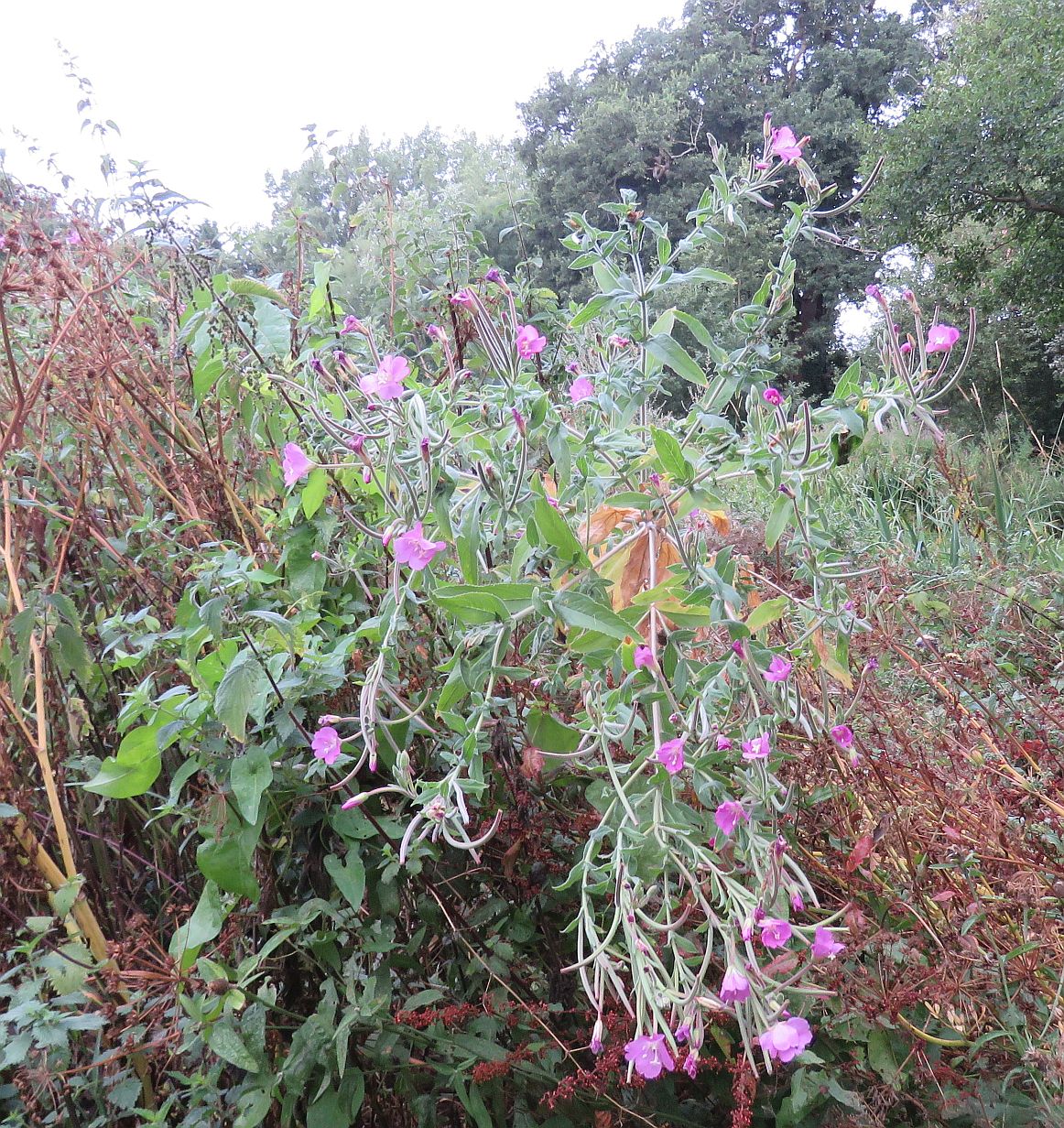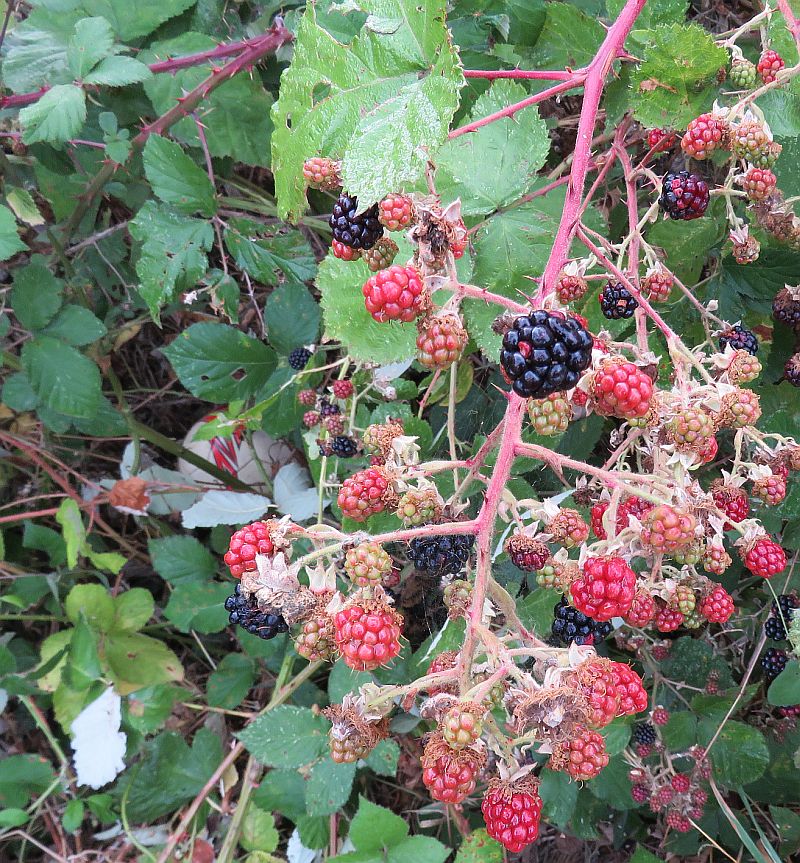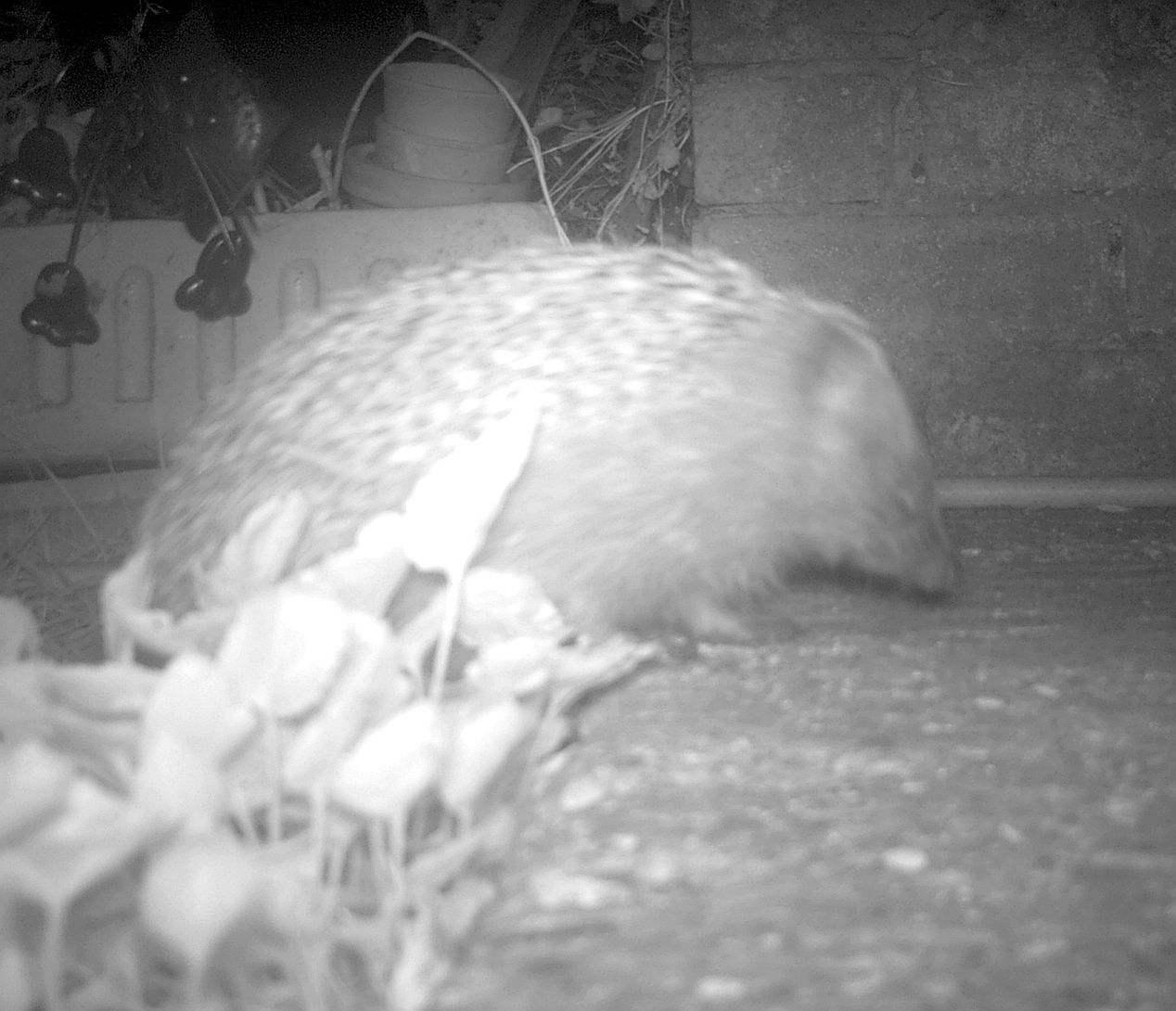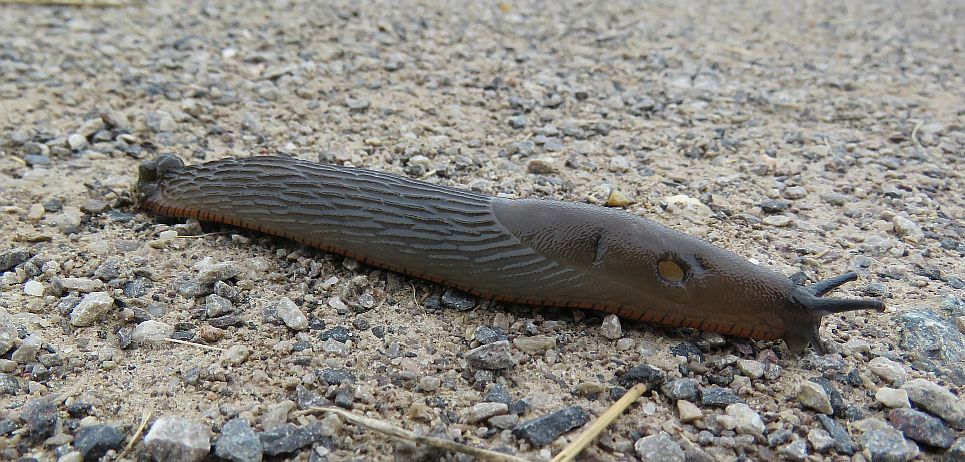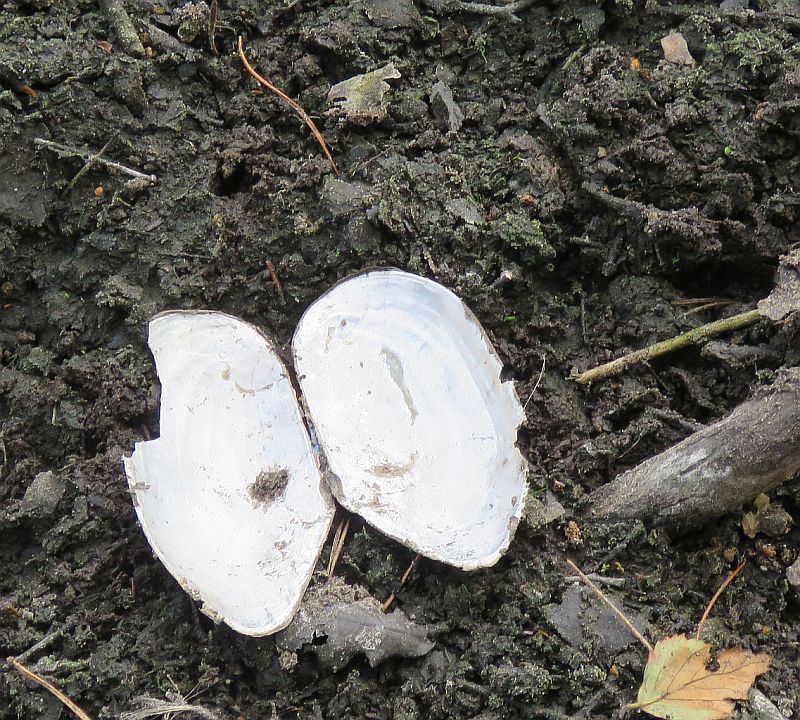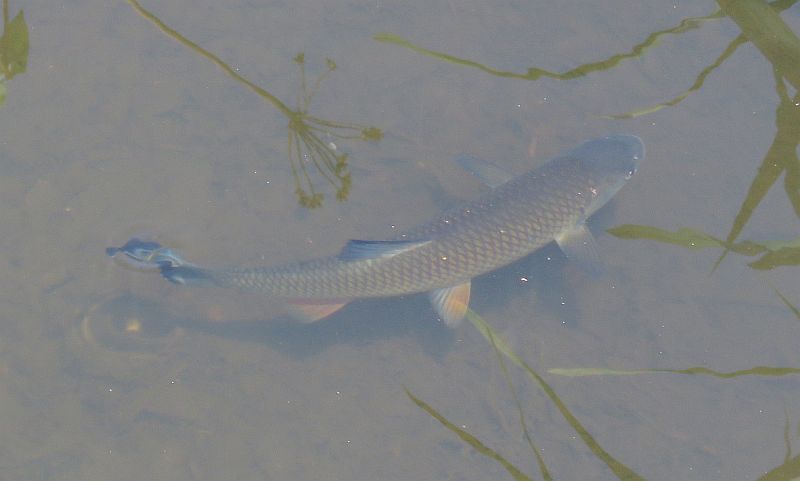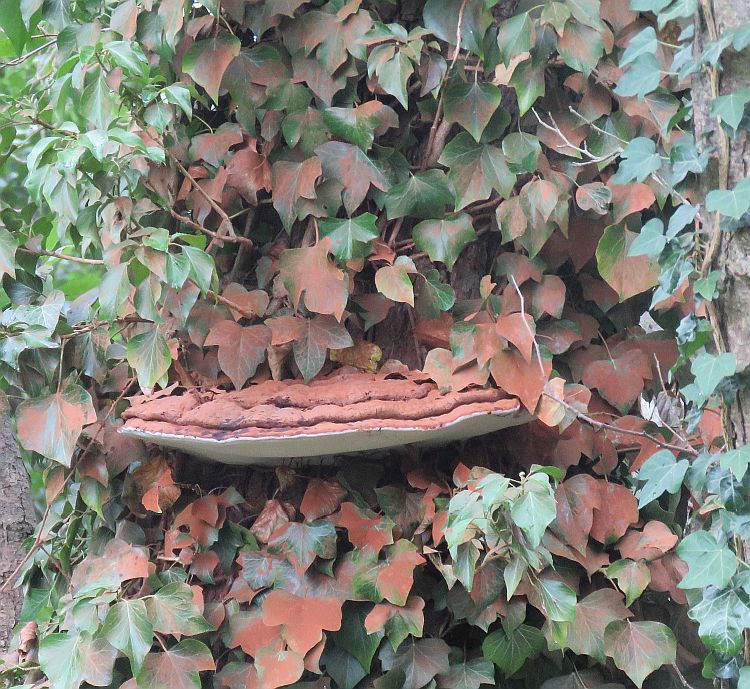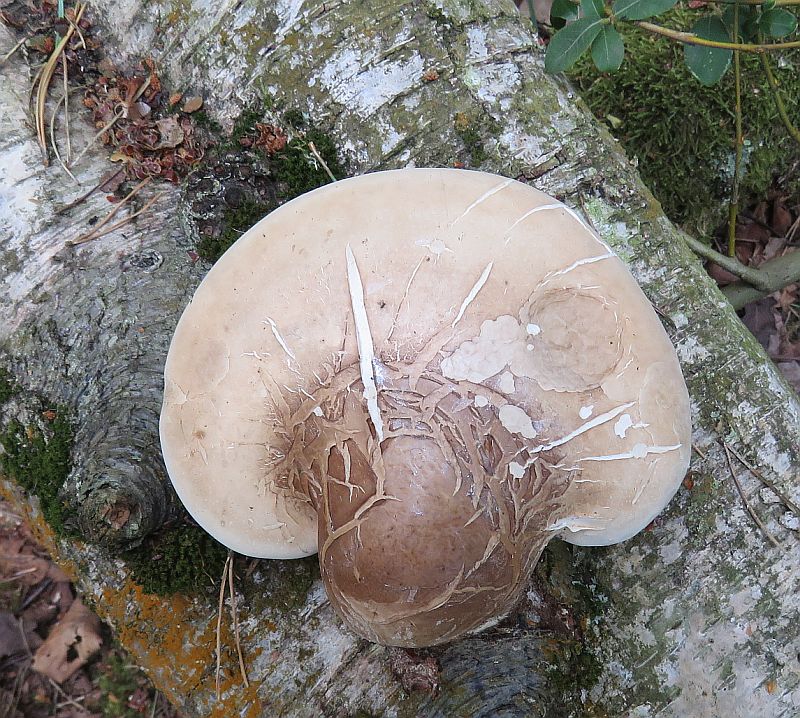Birds
30/08/18
Today in the car park field 2 Lesser Whitethroat ,2 Bullfinch , 5+ Blackcap and a female Kestrel sitting on the electricity wires were all seen by Trevor Guyatt. A Willow Warbler was also seen by Brian Bennett.
28/08/18
Today a Lesser Whitethroat , Whitethroat and 12+ Blackcap were seen all in the tall Hawthorn in the north west corner in the Area 10 car park field by Brian Bennett.
27/08/18
Probably another sign of the approach of Autumn,a small flock of 12 Goldfinch were on my garden feeders munching on Sunflower Hearts.A Hobby was seen over the Area 10 car park field by Brian Bennett and 2 Swift were seen by Anne Cronin.
25/08/18
Once again the Area 10 carpark field at Lavells Lake, off Sandford Lane held returning Summer migrants. 4 Lesser Whitethroat ,15 Blackcap and 2 Garden Warbler were seen, this time by Fraser Cottington.
24/08/18
Richard Marsh was out and about again in the Area 10 car park field today and saw a Lesser Whitethroat , Sparrowhawk and a
Nuthatch .
23/08/18
I was once again in the Area 10 car park field at lunchtime and a male and female Blackcap were moving through the bushes. A Grey Heron was flushed from the river and a Great spotted Woodpecker was feeding on the ground .
21/08/18
Richard Marsh was in the Area 10 car park field this morning and saw a Whitethroat ,Female Blackcap and a Male Bullfinch .
20/08/18
At 06:10 a Coal Tit was on the garden feeders and then calling from the Yew tree.
19/08/18
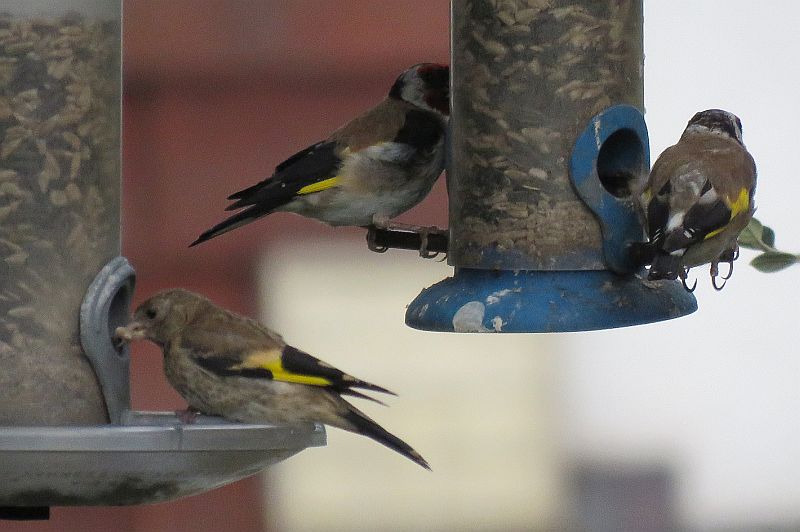 I can only assume that there has been a second brood of Goldfinch in Area 5 this year as 2 adults and a juvenile were on the feeders this morning. Whilst waiting for Lidl to open this morning, I quickly looked at the Emm by the bridge on Ashville Way in Area 3. In a serendipitous moment, first heard and then seen flying upstream, before leaving the river and flying over the flats was a Kingfisher .
I can only assume that there has been a second brood of Goldfinch in Area 5 this year as 2 adults and a juvenile were on the feeders this morning. Whilst waiting for Lidl to open this morning, I quickly looked at the Emm by the bridge on Ashville Way in Area 3. In a serendipitous moment, first heard and then seen flying upstream, before leaving the river and flying over the flats was a Kingfisher .
18/08/18
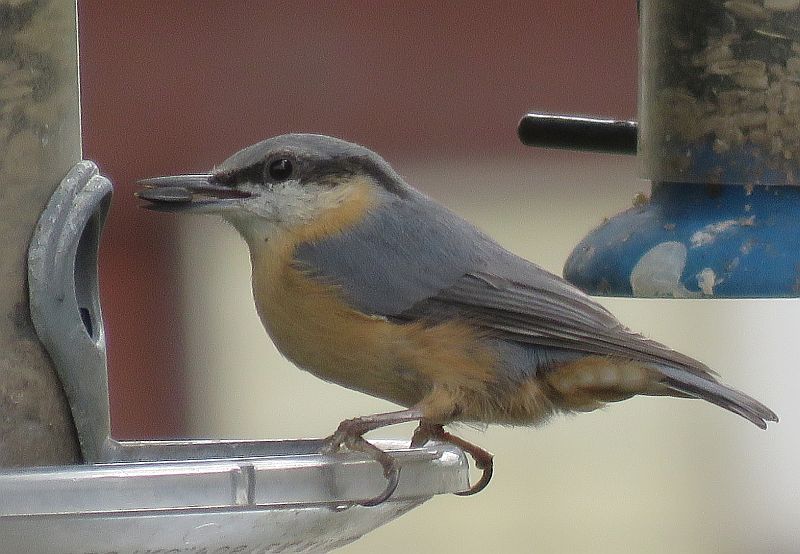 Walking around the road to Ludgrove School this morning and seen were 20 Swallow feeding low in a cow field, a solitary House Martin around the school buildings, a calling Ring necked Parakeet and Green & Great spotted Woodpecker . On the Area 5 feeders a Nuthatch was on the feeders enjoying the Black Sunflower seeds.
Walking around the road to Ludgrove School this morning and seen were 20 Swallow feeding low in a cow field, a solitary House Martin around the school buildings, a calling Ring necked Parakeet and Green & Great spotted Woodpecker . On the Area 5 feeders a Nuthatch was on the feeders enjoying the Black Sunflower seeds.
17/08/18
It was a bit of a feeding fest, on my Area 5 garden feeders this morning with a peak count of 6 Magpie probably lured in by the introduction of Mealworms at the feeding station. A Kingfisher flew upstream on the Emm Brook from the Car Park field bridge in Area 10 at lunchtime.
13/08/18
A Green Woodpecker was seen on the Area 5 pond path by Fran Stickler.
12/08/18
During Balsam pulling this morning on the Emm in Area 7 a Kingfisher was seen flying up the river. In the Area 10 car park field off Sandford Lane a Ring necked Parakeet a male Bullfinch an alarm calling Blackcap and a Goldfinch were all seen. A party of 6 House Martin ,were feeding over the fields and treetops in Area 1 near Luckley School.
11/08/18
On the garden feeders today along with the usual aset strippers( Wood Pigeon , Magpie ) were a party of 6 Goldfinch . I'm not sure how many you need for a charm, is it just more than a pair.Paul O'Neill was at Old Forest Road Meadows and saw Buzzard , a calling Chiffchaff and 300 Wood Pigeon in a stubble field.
09/08/18
 Balsam pulling on the Emm in Ashville Way off Molly Millars Lane this evening gave me a quick chance to look arond part of Area 3. On top of the flats were the resident, very noisy and dirty Herring Gull . I believe that they successfully bred here again this year.
Balsam pulling on the Emm in Ashville Way off Molly Millars Lane this evening gave me a quick chance to look arond part of Area 3. On top of the flats were the resident, very noisy and dirty Herring Gull . I believe that they successfully bred here again this year. 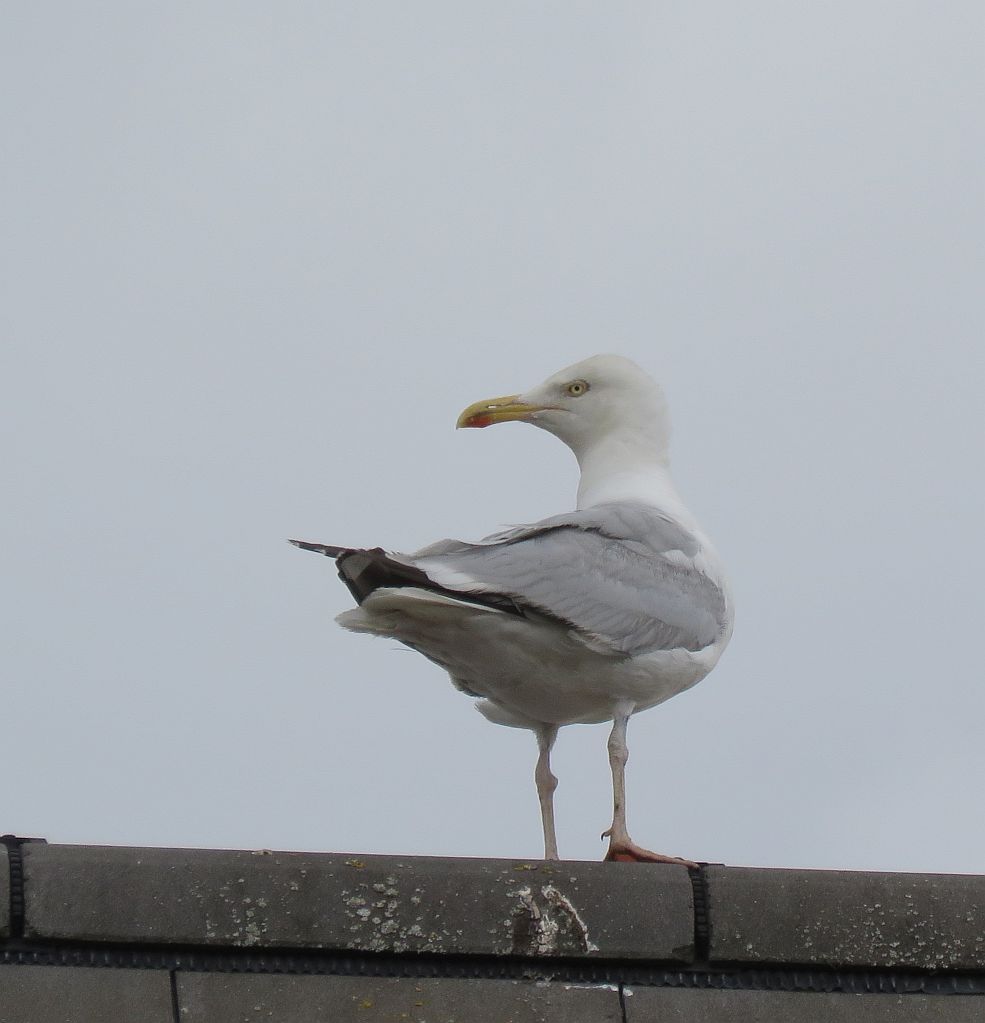 . Earlier in the day 2 male Bullfinch were seen flying out of a riverside bush in Area 5.
. Earlier in the day 2 male Bullfinch were seen flying out of a riverside bush in Area 5.
08/08/18
A Ring necked Parakeet and a female Sparrowhawk were seen by Bob Bennett flying over the Area 10 car park field.
07/08/18
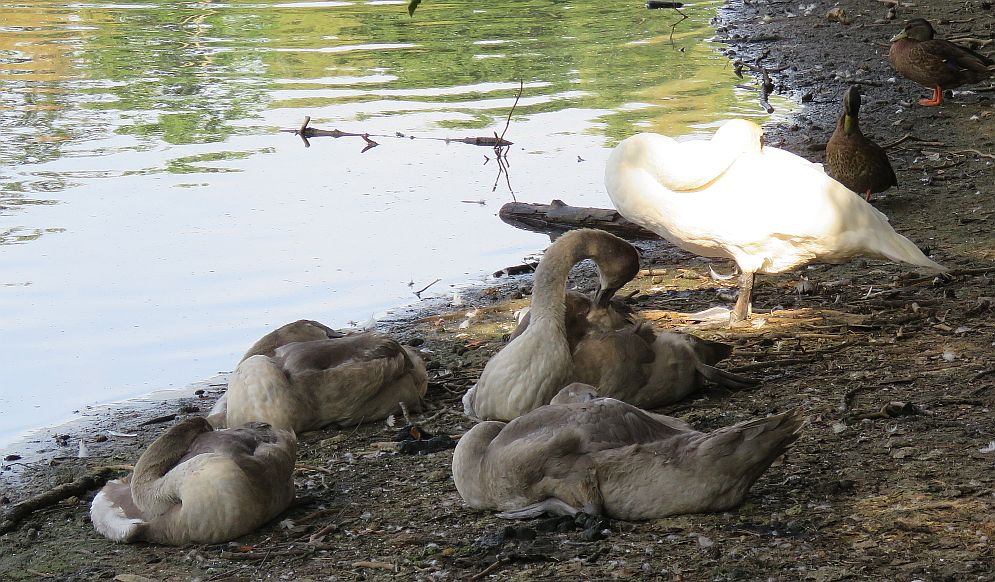 A walk around Heath Lake in Area 1 this morning was quite productive, even with reduced water levels. One half of the Mute Swan parents was sitting in the shade with 4 cygnets. A pair of Coot were busy feeding their very demanding offspring.
A walk around Heath Lake in Area 1 this morning was quite productive, even with reduced water levels. One half of the Mute Swan parents was sitting in the shade with 4 cygnets. A pair of Coot were busy feeding their very demanding offspring. 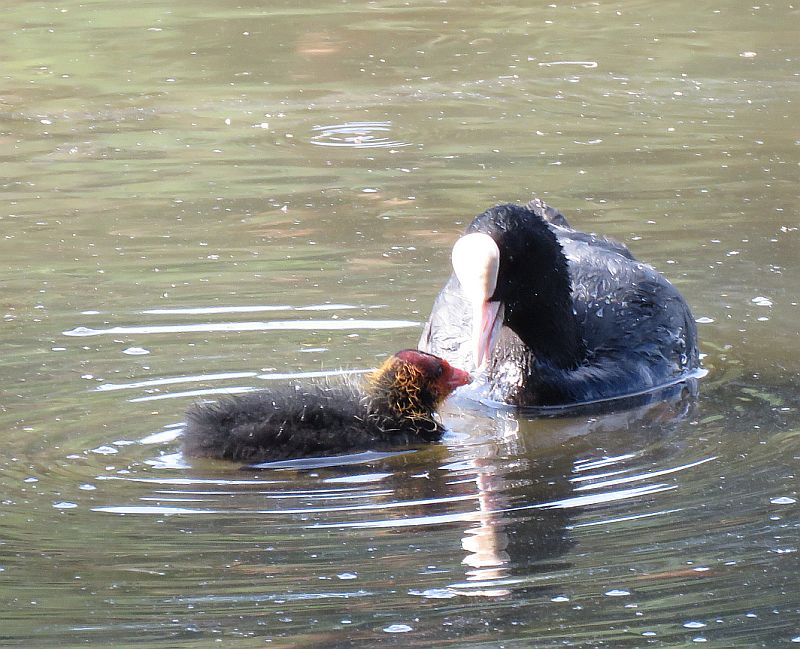 A Kingfisher flew across the lake before landing in lakeside bushes and a Willow Warbler was singing from the woods.Also seen were Cormorrant ,Grey Heron , Black headed Gull , Mallard , Great crested Grebe and Moorhen .
A Kingfisher flew across the lake before landing in lakeside bushes and a Willow Warbler was singing from the woods.Also seen were Cormorrant ,Grey Heron , Black headed Gull , Mallard , Great crested Grebe and Moorhen .
06/08/18
A male Bullfinch and a Green Woodpecker were seen by Richard Marsh in the Area 10 car park field.
04/08/18
 Area 5 and 8 both had Red Kite , Jay and a calling Green Woodpecker this morning. Area 8 also had a calling Chiffchaff moving up the riverside bushes and a pair of Stock Dove . This Red Kite in Area 5 was enjoying the thermals in a cloudless sky.
Area 5 and 8 both had Red Kite , Jay and a calling Green Woodpecker this morning. Area 8 also had a calling Chiffchaff moving up the riverside bushes and a pair of Stock Dove . This Red Kite in Area 5 was enjoying the thermals in a cloudless sky.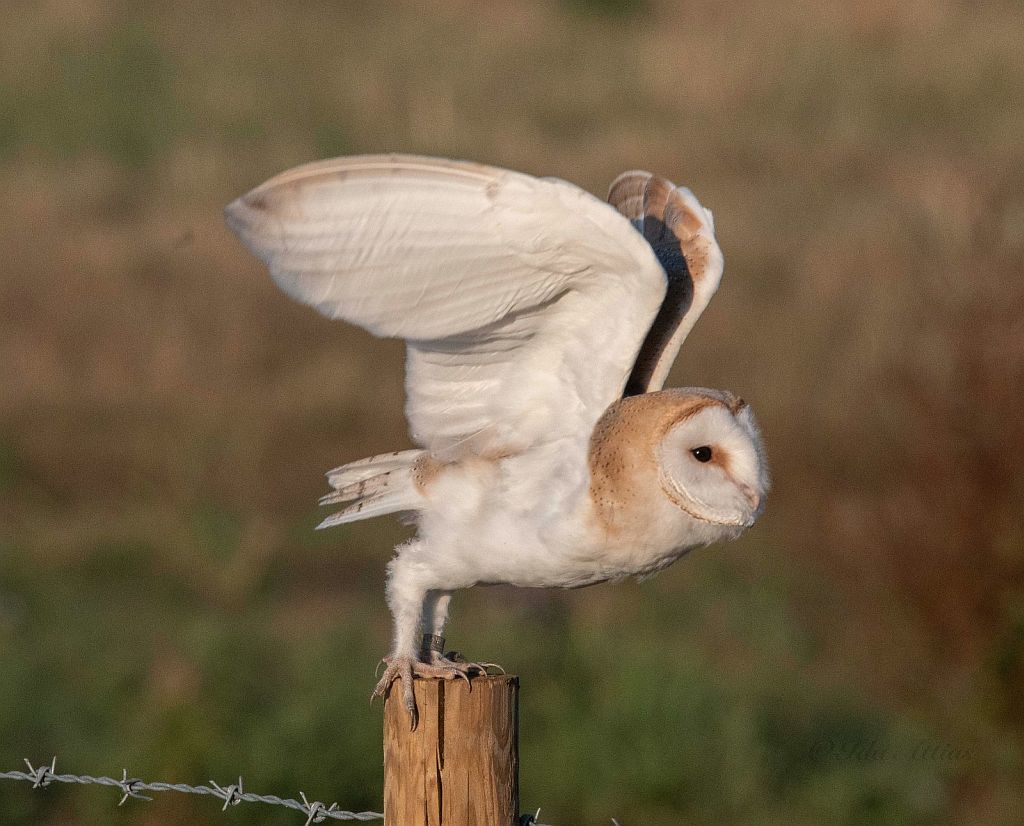 2 Barn Owl were seen sitting in bushes in the paddock adjacent to the Emm in Area 10 by Andy Dearing and Ida Groot. Photo courtesy of Ida Groot.
2 Barn Owl were seen sitting in bushes in the paddock adjacent to the Emm in Area 10 by Andy Dearing and Ida Groot. Photo courtesy of Ida Groot.
02/08/18
An adult Barn Owl was seen briefly in the Area 10 nesting box doorway by Richard Marsh.
01/08/18
This is unfortunately the time of year when the same birds visit my Area 5 garden feeders, most days. Wood Pigeon , Magpie , Collared Dove , Robin , Starling and Great Tit are the main 6 contenders. I can only hope for a cameo appearance for someting a bit more exotic maybe towards the end of the month when summer migrants are returning home to Africa.









